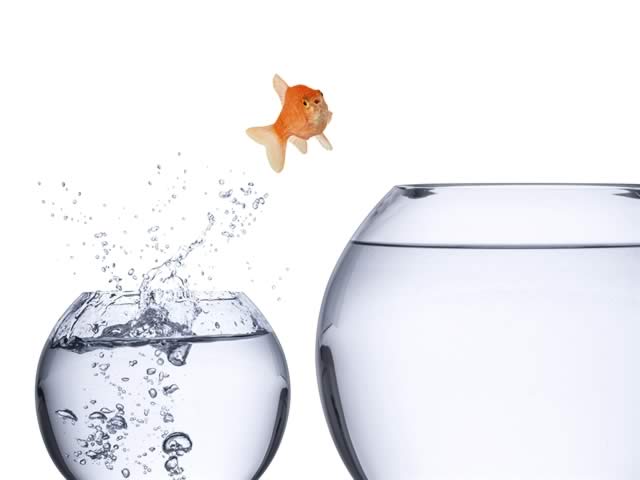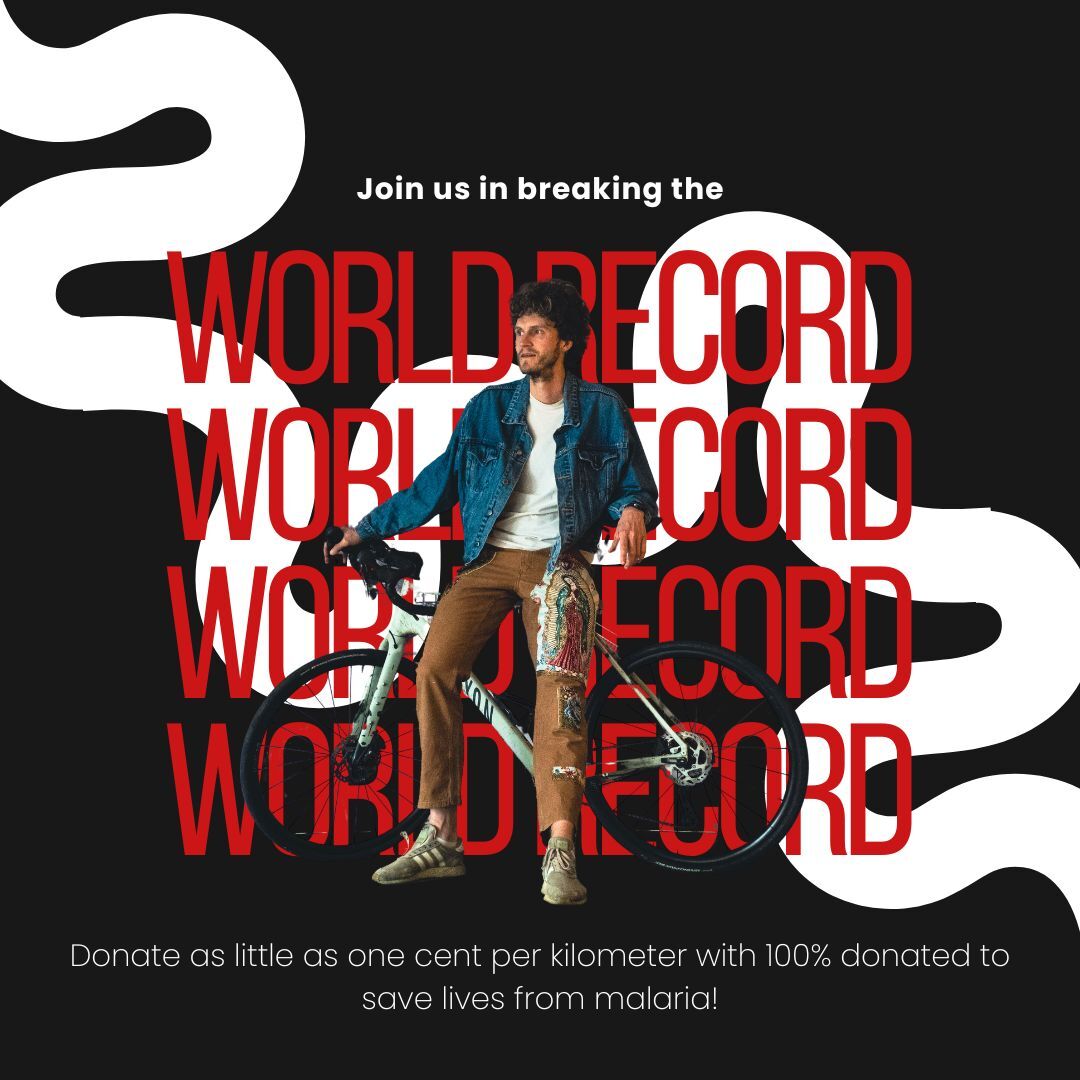This is Part III of a three-part blog series on how to achieve our giving goals. Read also Part I and Part II.
We’re very good at rationalizing our contribution to glaring problems and social injustice, as well as our complacency. The question is, how do we overcome our hard-wired tendency to do so?
Scott and Paul Slovich suggest that awareness of this tendency to be “hard wired” against towering issues like global poverty can be helpful in overcoming our “psychic numbing.”
Indeed, the good news is that there are many examples of individuals and groups who are aware of and able to overcome this hard-wiring and behave differently than the norm; there are many circumstances in which normative behavior changes radically; and there are many instances where there is relatively rapid cultural change. On an individual level, people make dramatic changes in their lives in order to stop smoking, lose unhealthy weight, be better parents. At a community level, we take action to ban smoking or pass food labeling laws. And there are individuals and groups who work diligently to raise funds and promote change for global poverty reduction.
It appears that these folks possess consciousness surmounting “psychic numbing”–they are able to internalize the fact that scores of people are living in inhuman conditions and to envision the impact that their resources can have on the lives of others.
For those of us whose awareness and behavior are not so inherently or concertedly altruistic, I believe we can follow a program wherein we intentionally build up our consciousness and actions to alter our “normal” giving behavior so it more closely aligns with our goals and values around protecting lives; we can escape, or redefine, normal. By following these steps, we can become more educated about effective giving and build elements into our lives that help us remain aware of and committed to devoting more of our resources to improving and even saving the lives of our fellow human beings who desperately need our assistance.
The program is an integration of ideas that have been well-tested and documented in the psychological literature on behavior change. What makes this use of the strategy unique is applying it to problems of actualizing core values–in this case, “better” giving to decrease extreme poverty and its attendant suffering and deaths.
And like all programs and processes to alter behavior, this one is only helpful if the user recognizes a shortcoming in their giving routine and strongly desires to change that.
Personal Best Program: How to reach your goals and build a supportive community
Most athletes are familiar with the concept of “personal best.” The idea is that rather than set goals based on comparison to other people’s performance or a lofty and possibly unrealistic ideal, we use our own past performance as the measure for goal-setting. In order for a goal to improve performance, it must be both a bit of a stretch and attainable. We are pushing our own envelope. Thus, by setting the goal just outside our previous best performance, both conditions – attainability and improvement – can be achieved.
This Personal Best approach of setting and achieving “proximal goals” has been demonstrated to be highly effective in a variety of settings besides athletics performance (from a wide variety of behavioral health programs to business performance). The underlying theoretical support comes from Bandura’s self-efficacy theory (1977). Confidence in achieving a specific goal within a specific context (i.e. self-efficacy) is enhanced by observing one’s own successful past performance and is diminished by failure to perform the desired behavior in keeping with the goal. Thus, it is critical to set goals that are attainable, but not so easily achieved that successful performance fails to move one sufficiently towards the desired end point.
1. Set your giving goals
A crucial part of effective giving is doing some research about the charities you’re considering supporting and thinking about where your contributions can have the most impact. Organizations like The Life You Can Save and GiveWell make donors’ job easier, by recommending highly effective charities that have been proven to have an impact. When you research charities, try to find evidence that their work is especially impactful and cost-effective, so your money will be doing the most good possible. Prioritize charity transparency, so you can see how well they manage their intervention work and know what your donation pays for.
To determine how much you should give, you can use The Life You Can Save’s interactive income-based giving tool. If you already give, challenge yourself to give more than you’ve done in the past. And consider looking into whether your current charities are among those proven to be cost-effective.
Once you’ve chosen where and what to give, set a specific goal of how much money you’d like to contribute, with a timeframe.
2. Find or build a supportive community
The Personal Best program is, by definition, an individual behavior-change strategy. However, individual changes are best accomplished and maintained within a supportive community of like-minded people. Look for others who will support the changes you are making and preferably are involved in the same or similar efforts. There are a number of effective altruism groups in the U.S. and internationally.
But you may have to create this community for yourself. One way to do this is to hand out copies of Peter Singer’s book, The Life You Can Save, to friends and potential supporters. If you are a member of a reading group, make this book your suggestion. Or perhaps create an ad hoc discussion group using the book. If you share money, it is of course desirable for that person to share or support your goals. Developing this small circle of like-minded connections is a big step and will take time.
3. Anticipate obstacles and make a plan to overcome them
Determine changes you will need to make in your spending and savings to be able to donate your target amount and frequency. making a specific budget or a list of lifestyle changes. Keep this list in a prominent place, like on your refrigerator or desk.
4. Stay up to date about the charities that you support
Post photos of the charity’s work where you will regularly be reminded of what you are helping to accomplish. Sign up for and read relevant newsletters, blogs, books, etc. Consider setting aside a time to do this, perhaps when you would normally be reading or watching the news.
You will find yourself learning all kinds of new and important things, and feeling greater pride, happiness, and motivation to continue giving and possibly to give more. Throughout this process, remember to enjoy what you are doing, learning, and sharing. (Read some of The Life You Can Save’s blog posts on how giving makes us happier here and here.)
5. Make your goals public
Be proud of what you are doing and don’t feel boastful – you are spreading an important message and helping grow a new social “norm.” If you use Facebook, share your goal and information about your selected charities there. Visit The Life You Can Save’s website to take the public giving pledge. Talk about your efforts–including challenges, accomplishments, and insights–with your support community. Don’t be afraid to ask others to hold you accountable to your giving goals.
6. Repeat
When you’ve reached your giving goal, set a new, higher one for the same charity or a new one, and begin the process again.
With the Personal Best guidelines, you can help move the needle in establishing a “new normal” of increased societal awareness about the needs of those living in extreme poverty. Each of us can play a powerful role in working to improve the lives of the global poor, thus bringing our giving behavior into balance with our core values and goals.



